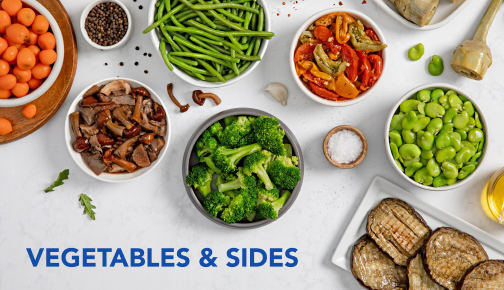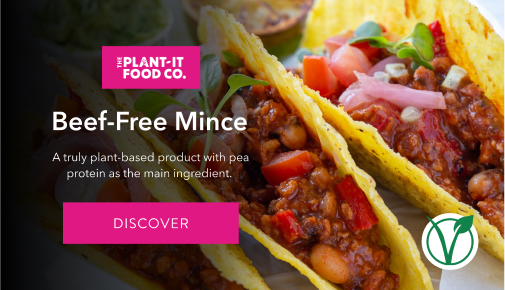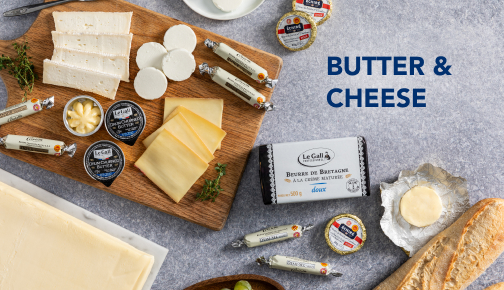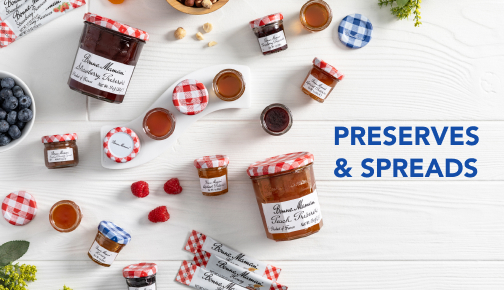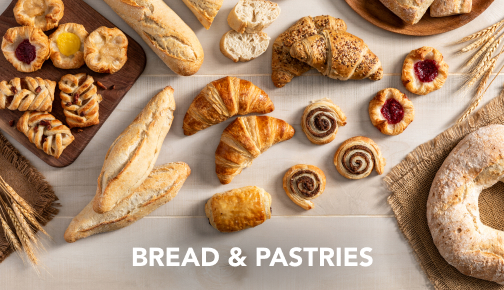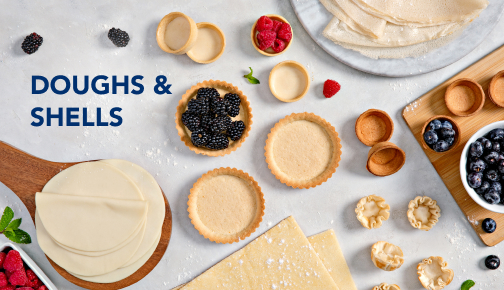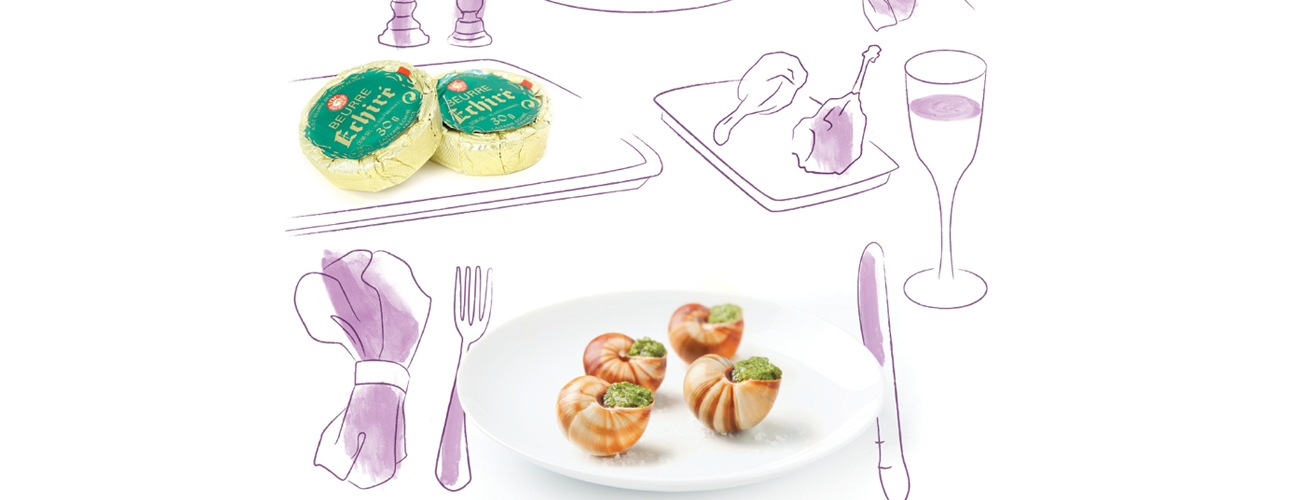France is synonymous with fine food. In fact, many tourists travel to France for the culinary experience. Let's take a look at several of the most popular regions in France, the foods they are known for, and how you can re-create those culinary experiences back at your restaurant.
The French Riviera – The Côte d'Azur (Azure Coast, or Blue Coast) boasts resorts such as Cannes and St-Tropez. Regional specialties include bouillabaisse, a fish stew. And it's mandatory, of course, to serve it with a French baguette to sop up every delicious last drop.
The French Alps – This is home to Mont Blanc, western Europe's highest mountain, as well as Lake Geneva, the largest lake on the course of the Rhône. Fondue Savoyarde is the region's most famous dish, as well Savoyarde Raclette. Both dishes involve creamy, delicious raclette cheese that can be used to top vegetables and meats.
Ile de France – Paris steals the limelight in this region, which is known for Meaux Mustard (a cheese plate built around Brie), Navarin of lamb, potage St. Germain, fricassee of rabbit, and French onion soup. The region is a haven for sweet-tooths, with the Paris-Brest, Parisian brioche, puits d'amour (typically filled with raspberry jam), the opera cake, the Napoleon, Parisian flan, and the lemon tartelette
In the Loire Valley, you'll see the most magnificent castles. You also should try the rillette, a meat dish similar to pate, typically made with pork in this region. It's often served with traditional fouace/fouée bread (and cornichon #10202). Fish dishes are popular, and often are accompanied by beurre blanc, a butter sauce flavored with shallots and vinegar. Echire salted butter cups can elevate this famous sauce to be even more rich and full of flavor. For a twist on the classic sauce, use a flavored butter like herb or truffle.
Normandy – Normandy's coastal towns serve a bounty of seafood dishes, both raw and cooked. Regional specialties cater to meat lovers: tripe stew, tripe sausage (andouillette), and rabbit cooked in cider. For dessert, try a sablé, a biscuit or delicate cookie typically flavored with lemon, almonds or orange zest. "Sablé’ means "sand," reflecting the biscuit's crumbly texture.
The Rhône Valley – Rhône is home to the country’s ‘gastronomic capital’, Lyon, famous for its bouchons (a type of restaurant specific to the city). If you love charcuterie, this is the region for you. Savory specialties include Drôme truffles, Picodon (goat cheese), Bleu du Vercors-Sassenage (a blue cheese), Rosette sausage, Ravioles de Royans)/Ravioles du Dauphiné (miniature ravioli, filled with cheese and herbs, and quenelles (creamed fish). A dessert specialty is the nougat, a hard, crunchy sweet made with sugar, honey and grilled almonds.
Burgundy – When one thinks of Burgundy cuisine, Escargots< à la Bourgogne, Boeuf Bourguignon, and Coq au Vin come to mind. Cassis, a black currant liqueur, used for the aperitif Kir and desserts, is a regional specialiy. And, of course, we can't forget Dijon mustard.
Alsace-Lorraine – This region is celebrated for its cuisine, particularly its foie gras and choucroute garnie, a dish of sauerkraut, sausages and charcuterie. If you have a craving for pizza, try the tarte flambée made of a thin layer of dough, covered with crème fraîche or a vegetable spread, cheese, onions, and bacon (lardons in French). For a more traditional dish, go with the bäckeoffe, a casserole of potatoes, leeks and two or three kinds of meats (beef, pork, lamb).


